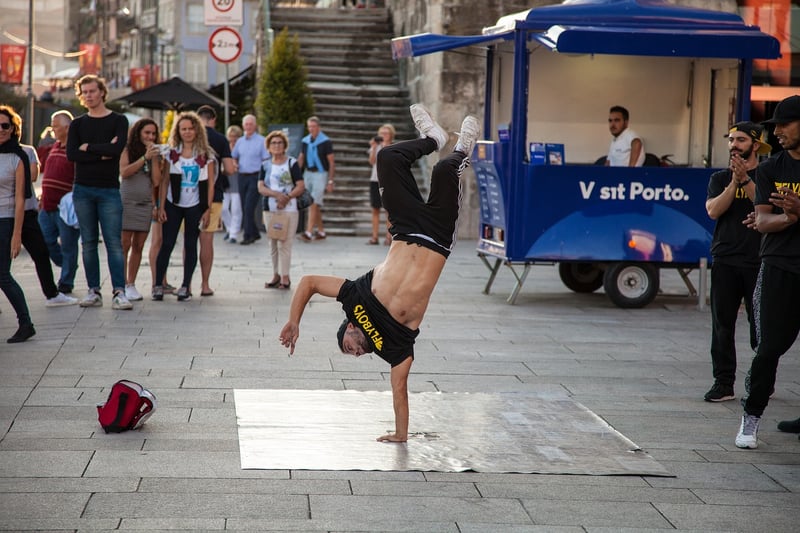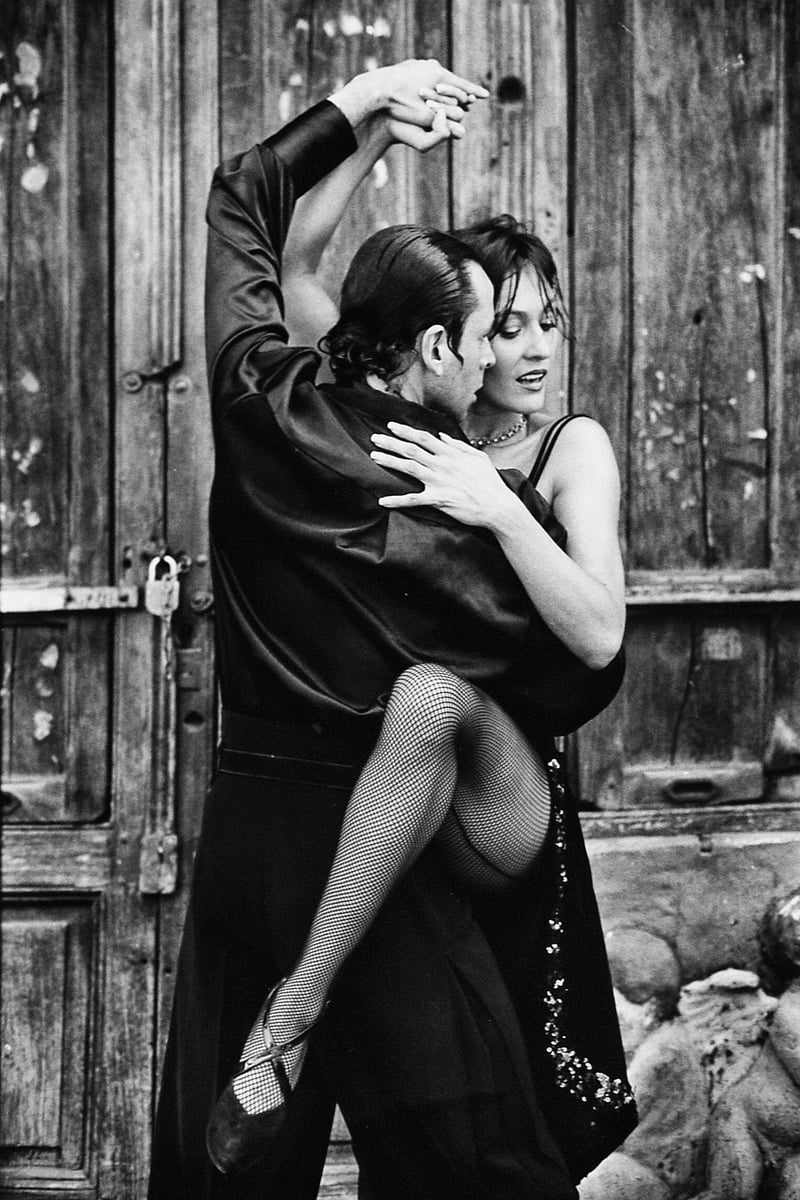Hip Hop
The Power of Expressive Movement in Hip Hop
Hip hop, as a cultural movement and art form, is deeply rooted in expressive movement. From breakdancing to krumping, hip hop dance styles have always been a powerful means of self-expression and storytelling. In this article, we'll explore the significance of expressive movement in hip hop and how it has shaped the culture over the years.
The Evolution of Hip Hop Dance
Hip hop dance originated in the streets of New York City in the 1970s and has since evolved into a global phenomenon. What started as a form of social expression in marginalized communities has now become a mainstream art form embraced by people of all backgrounds.
Breakdancing
Breakdancing, also known as breaking, is one of the foundational elements of hip hop culture. It involves intricate footwork, acrobatic moves, and elements of improvisation. Breakdancing is not just about physical skill but also about creativity and self-expression.
Krumping
Krumping is a high-energy dance style that emerged in the early 2000s as a form of expressive movement in response to the social issues faced by the dancers. It is characterized by rapid, aggressive movements and is often used as a cathartic release of emotions.
The Impact of Expressive Movement
Expressive movement in hip hop serves as a form of communication, allowing dancers to convey their stories, emotions, and struggles through movement. It provides a platform for self-expression and empowerment, giving a voice to those who may not otherwise be heard.
Community and Connection
Hip hop dance brings people together, creating a sense of community and connection. It transcends language and cultural barriers, allowing individuals to express themselves and connect with others on a deeper level.
Embracing Diversity and Individuality
One of the key principles of hip hop culture is embracing diversity and individuality. Expressive movement in hip hop celebrates differences and encourages dancers to be true to themselves, fostering a sense of inclusivity and acceptance.
Conclusion
Expressive movement plays a vital role in hip hop culture, allowing individuals to express themselves, connect with others, and celebrate diversity. Through dance, hip hop artists continue to push boundaries, challenge norms, and inspire change, making a lasting impact on the world.


